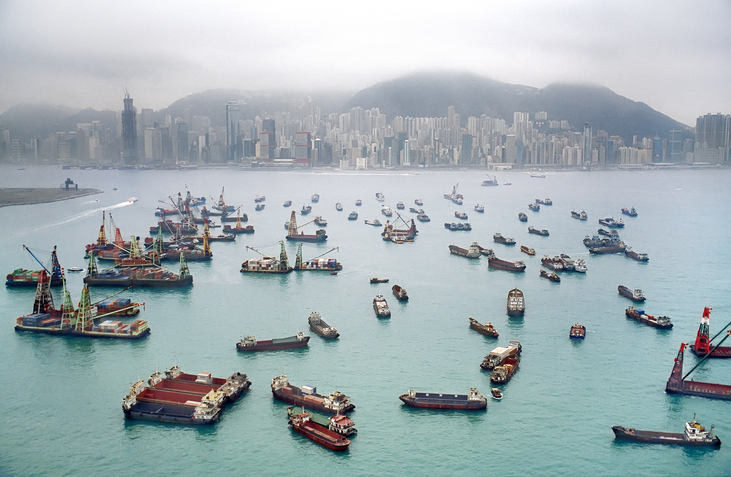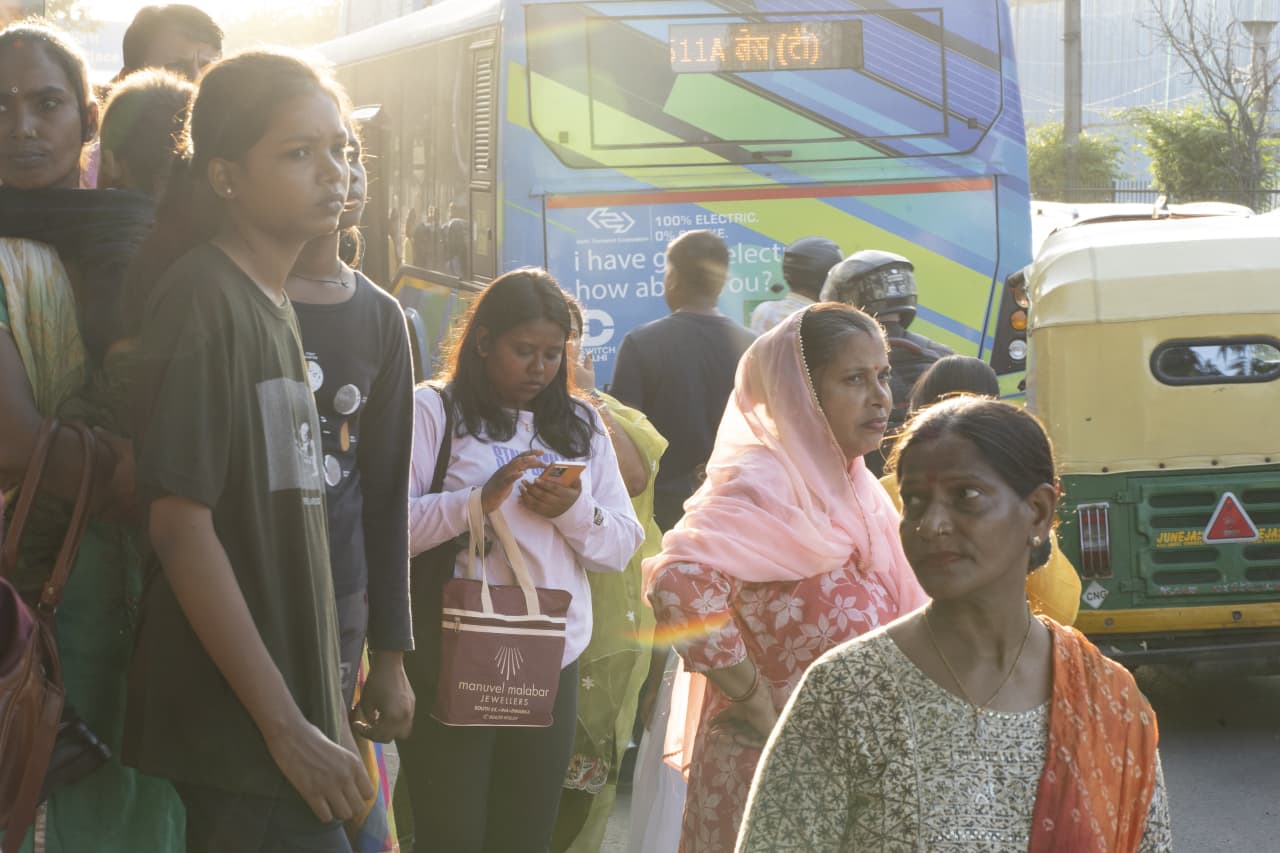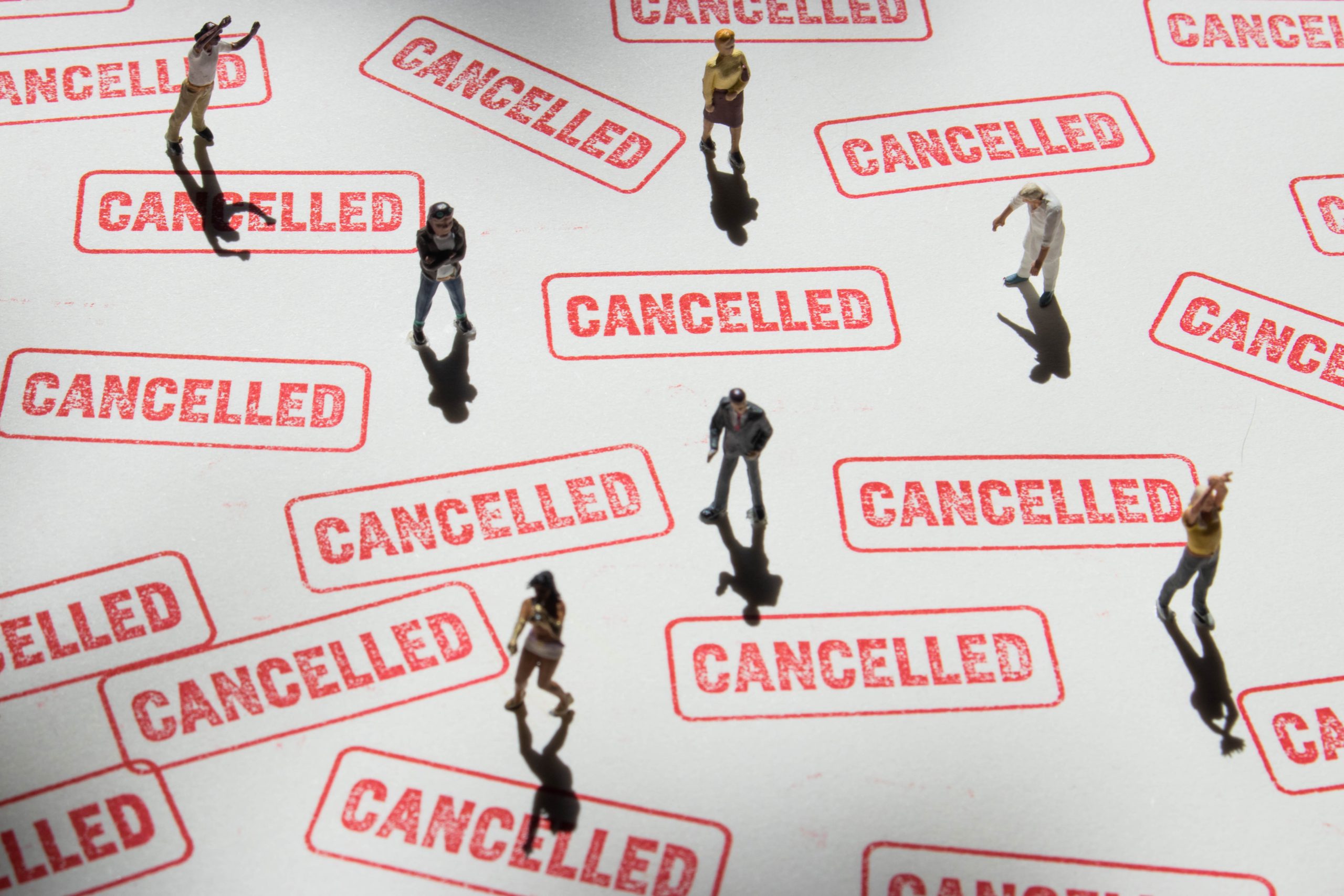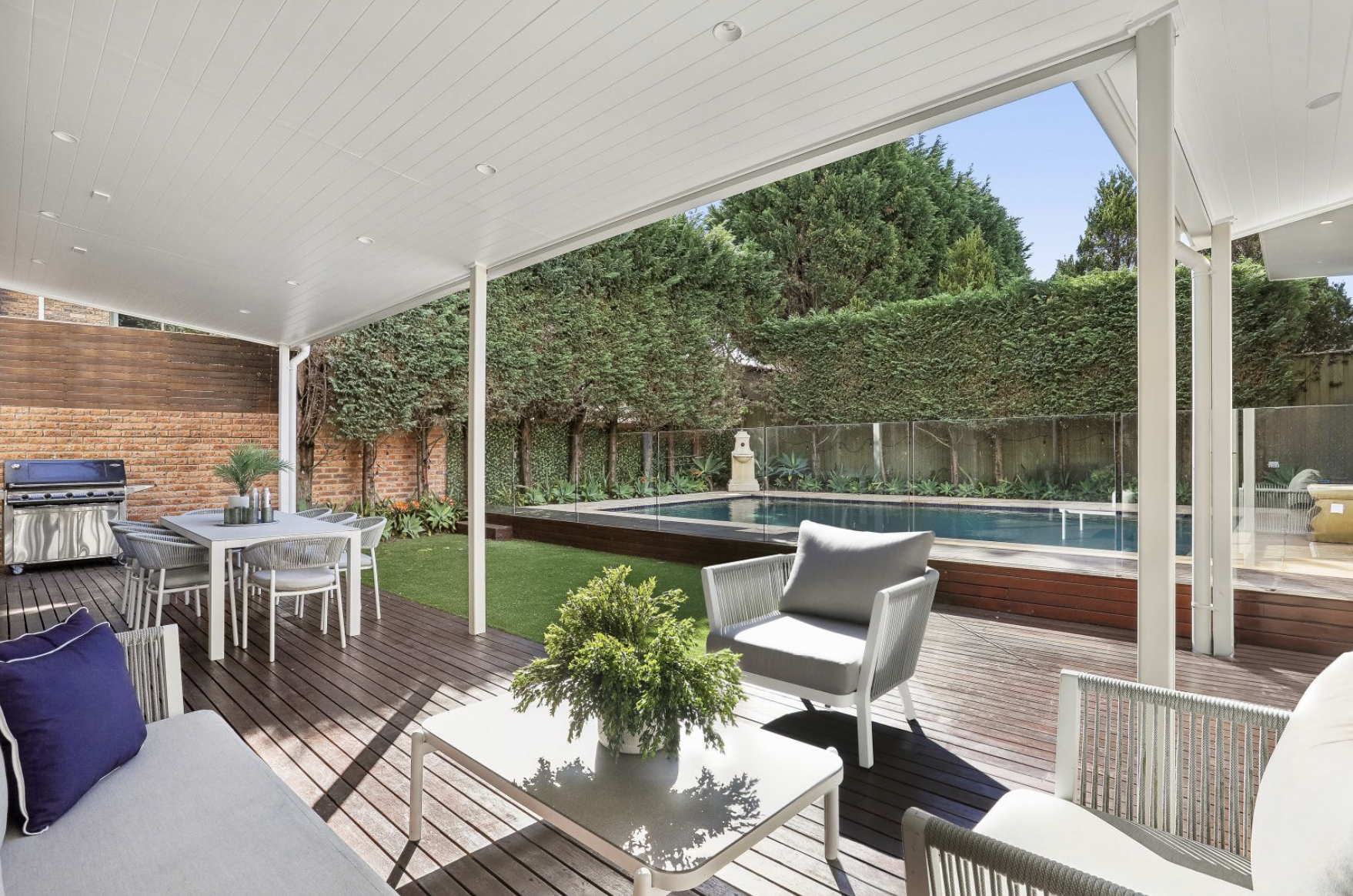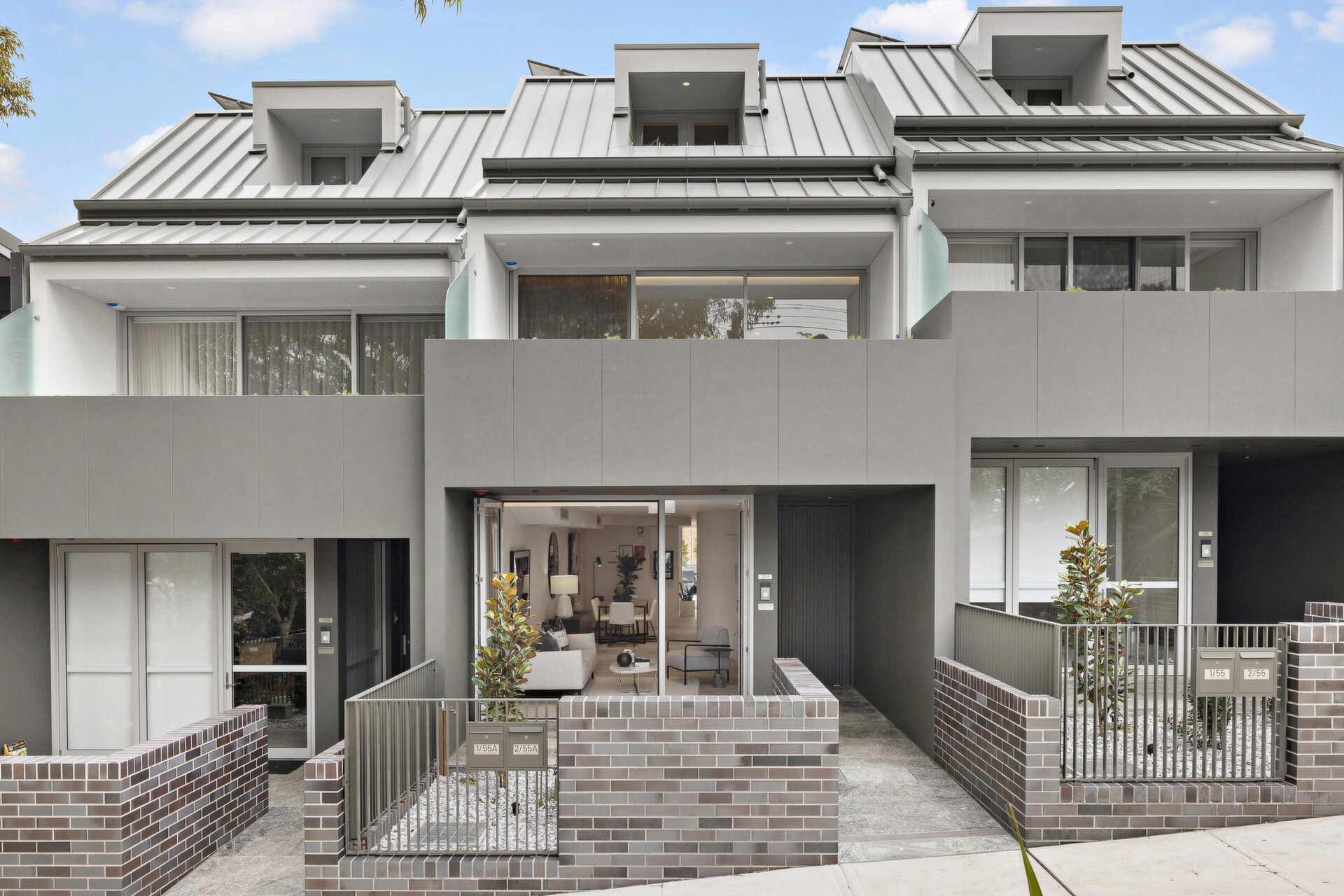Trade Woes in Asia Bring Inflation Relief to U.S. Consumers
But slowing exports to Western nations won’t alone stem rapidly rising prices
SINGAPORE—Sinking global trade is pummelling Asian exports, bringing some relief on inflation to U.S. and other Western consumers.
But easing prices for home furnishings, electronics and other manufactured goods don’t signal high inflation will soon be defeated. Wage growth and services price gains are still elevated. And central banks in the U.S. and Europe are warning they aren’t finished raising interest rates in their fight to cool inflation.
Cheap Asian goods helped keep a lid on price growth for decades before the pandemic. Economists say that phenomenon is unlikely to return with the same intensity now that the high-water mark of globalisation has passed.
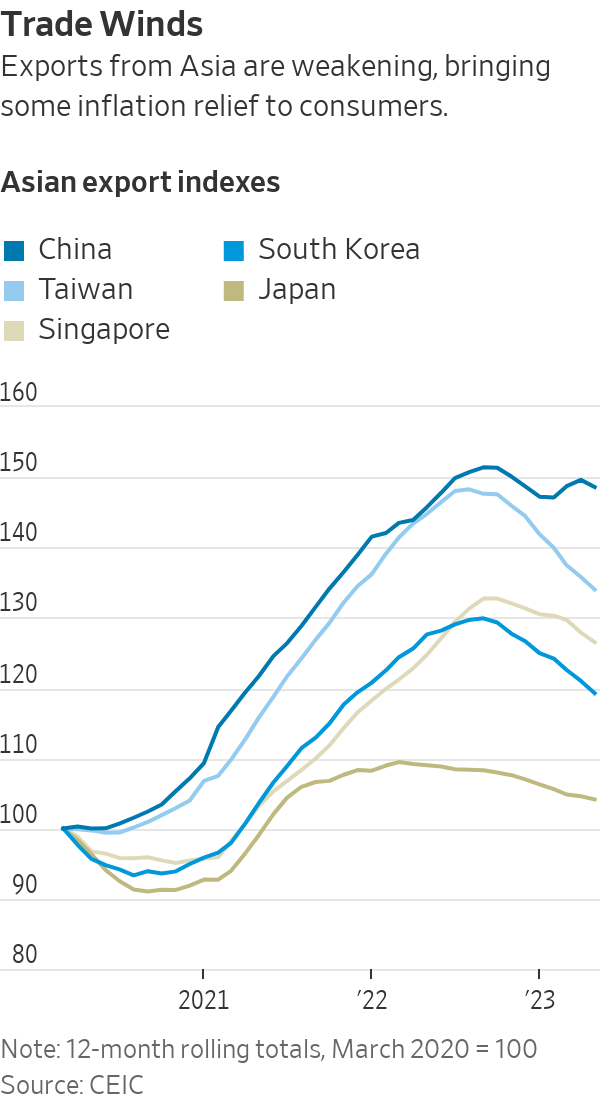
Asia’s powerhouse exporters enjoyed a boom in overseas sales during the pandemic as locked-down consumers splurged on new computers, workout gear and home improvements.
On a rolling 12-month basis, the U.S. dollar value of exports from China, Japan, South Korea, Taiwan and Singapore peaked last year in September at $6.1 trillion. That was 40% higher than recorded over the 12 months through March 2020, when the pandemic began, according to a Wall Street Journal analysis of official figures compiled by data provider CEIC.
Asian exports started sliding late last year as rising interest rates took some heat out of economic growth. Western consumers have slowed spending on goods in favour of eating out, traveling and other services they missed during the pandemic. Hopes that China’s reopening would spur a rebound in trade have fizzled along with the country’s consumer-led recovery.
Exports from South Korea over the 12 months through May were 11% lower than they were in the year through September. Taiwan exports were down 14% over the same period. Singapore’s were down 6%, Japan’s 4% and China’s by 3%.
The weakness in trade is showing up in the prices charged for goods when they leave Asia’s factories. Chinese producer prices fell 4.6% in May compared with a year earlier, the eighth straight month of declining supplier prices in the world’s largest factory floor. Similar gauges of inflation in other Asian exporter economies are weakening, too, as lower commodity prices reduce costs and collapsing demand for goods saps companies’ pricing power.
The effects of cooling Asia trade are starting to be felt in the U.S., where the Federal Reserve signalled it expects to further increase interest rates after holding them steady this month.
U.S. import prices for goods from Hong Kong, Singapore, Taiwan and South Korea were down 6.3% in May compared with a year earlier, according to the Labor Department. Import prices were down 2% from China and 3.7% from the Association of Southeast Asian Nations, a 10-member group that includes Indonesia, Malaysia and Thailand.
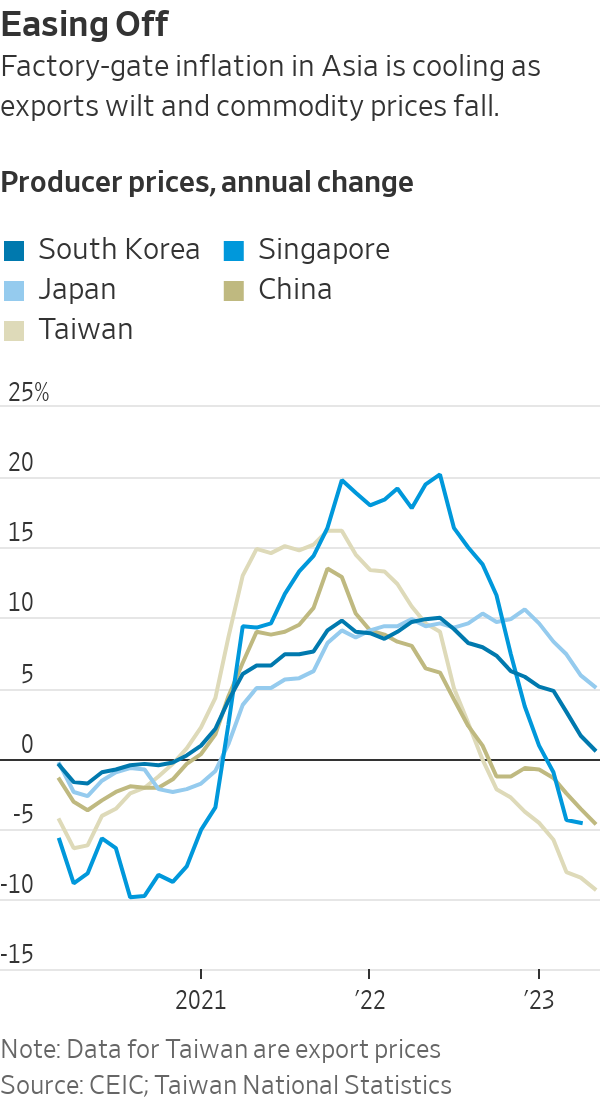
The prices paid by importers don’t quite line up with the prices faced by consumers, as companies need to cover labor, shipping and other costs to get products into stores.
Nonetheless, prices declined in May from a year earlier for a variety of goods in the U.S. that are often sourced from Asia, including furniture, home appliances, televisions, sports equipment, computers and smartphones.
Overall U.S. inflation is proving resilient, though. The consumer-price index, which measures what Americans pay for goods and services, rose 4% in May from a year earlier—twice the Fed’s 2% goal. Core consumer prices, which exclude food and energy, climbed 5.3%.
If surging prices for goods during the pandemic delivered the first burst of inflation, and rocketing energy prices after Russia invaded Ukraine propelled the second, then the current stickiness of inflation is being fuelled by increases in wages and the price of services. So while easing goods-price inflation is welcome, it doesn’t mean central banks have won the battle, economists say.
“The disinflation impulse coming from Asia is not going to be the magic bullet for the West’s inflation problem,” said Frederic Neumann, chief Asia economist at HSBC in Hong Kong, referring to the slowing pace of price increases.
In the decades before the pandemic, the integration of China into the global economy contributed to a long spell of low and stable inflation enjoyed by many Western economies. The broader integration of markets for goods, services, labor and capital under the banner of globalisation meant cheaper goods for consumers and fewer inflation worries for central banks, though economists debate just how big the effects were.
Now, governments and corporations are tiptoeing away from unfettered globalisation in the interests of security and economic resilience. Manufacturers are adding factories in Vietnam or India while reducing their reliance on China, reflecting concern over icy relations between the U.S.-led West and Beijing. Governments are dangling subsidies in strategic industries such as semiconductors and green-technology products to bring investment and jobs home.
Such trade fractures can increase costs for manufacturers, which, alongside healthier global demand, suggests that inflation in the future won’t be as subdued as it was in the recent past, economists say.
That doesn’t mean globalisation is over or that Asia won’t remain a competitive place to manufacture. But it does mean Asia is unlikely to be as potent a force in tempering price gains as it once was.
“The golden era of globalisation—and the disinflationary pressure associated with that—I think that has gone,” said Neil Shearing, group chief economist at Capital Economics in London.
 Copyright 2020, Dow Jones & Company, Inc. All Rights Reserved Worldwide. LEARN MORE
Copyright 2020, Dow Jones & Company, Inc. All Rights Reserved Worldwide. LEARN MORE
This stylish family home combines a classic palette and finishes with a flexible floorplan
Just 55 minutes from Sydney, make this your creative getaway located in the majestic Hawkesbury region.
Governments around the world are offering incentives to reverse a downward spiral that could threaten economic growth
The Australian birth rate is at a record low, new data has shown.
Figures from the Australian Bureau of Statistics have revealed there were 286,998 births registered around the country last year, or 1.5 babies per woman.
Birth rates in Australia have been in a slow decline since the 1990s, down from 1.86 births per woman in 1993. Declining fertility rates among girls and women aged 15 to 19 years was most stark, down two thirds, while for women aged 40 to 44 years, the rate had almost doubled.
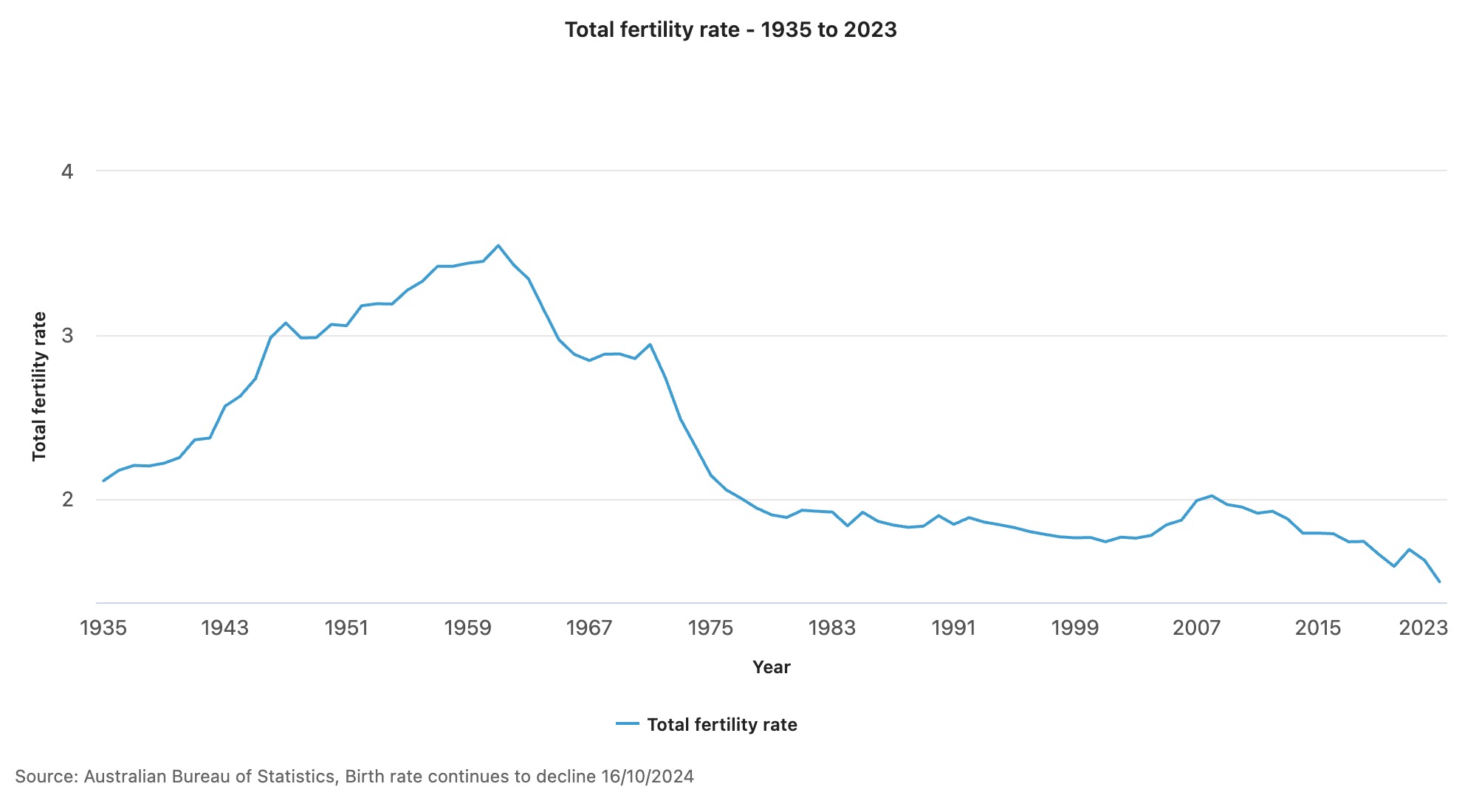
“The long-term decline in fertility of younger mums as well as the continued increase in fertility of older mums reflects a shift towards later childbearing,” said Beidar Cho, ABS head of demography statistics. “Together, this has resulted in a rise in median age of mothers to 31.9 years, and a fall in Australia’s total fertility rate.”
The fall in the Australian birth rate is in keeping with worldwide trends, with the United States also seeing fertility rates hit a 32-year low. The Lancet reported earlier this year that, based on current trends, by 2100 more than 97 percent of the world’s countries and territories “will have fertility rates below what is necessary to sustain population size over time”.
On a global scale, the Lancet reported that the total fertility rate had “more than halved over the past 70 years” from about five children per female in the 1950s to 2.2 children in 2021. In countries such as South Korea and Serbia, the rate is already less than 1.1 child for each female.
Governments around the world have tried to incentivise would-be parents, offering money, increased access to childcare and better paid maternity leave.
Experts have said without additional immigration, lower birth rates and an ageing population in Australia could put further pressure on young people, threaten economic growth and create economic uncertainty. However, a study released earlier this year by the University of Canberra showed the cost of raising a child to adulthood was between $474,000 and $1,097,000.
This stylish family home combines a classic palette and finishes with a flexible floorplan
Just 55 minutes from Sydney, make this your creative getaway located in the majestic Hawkesbury region.









